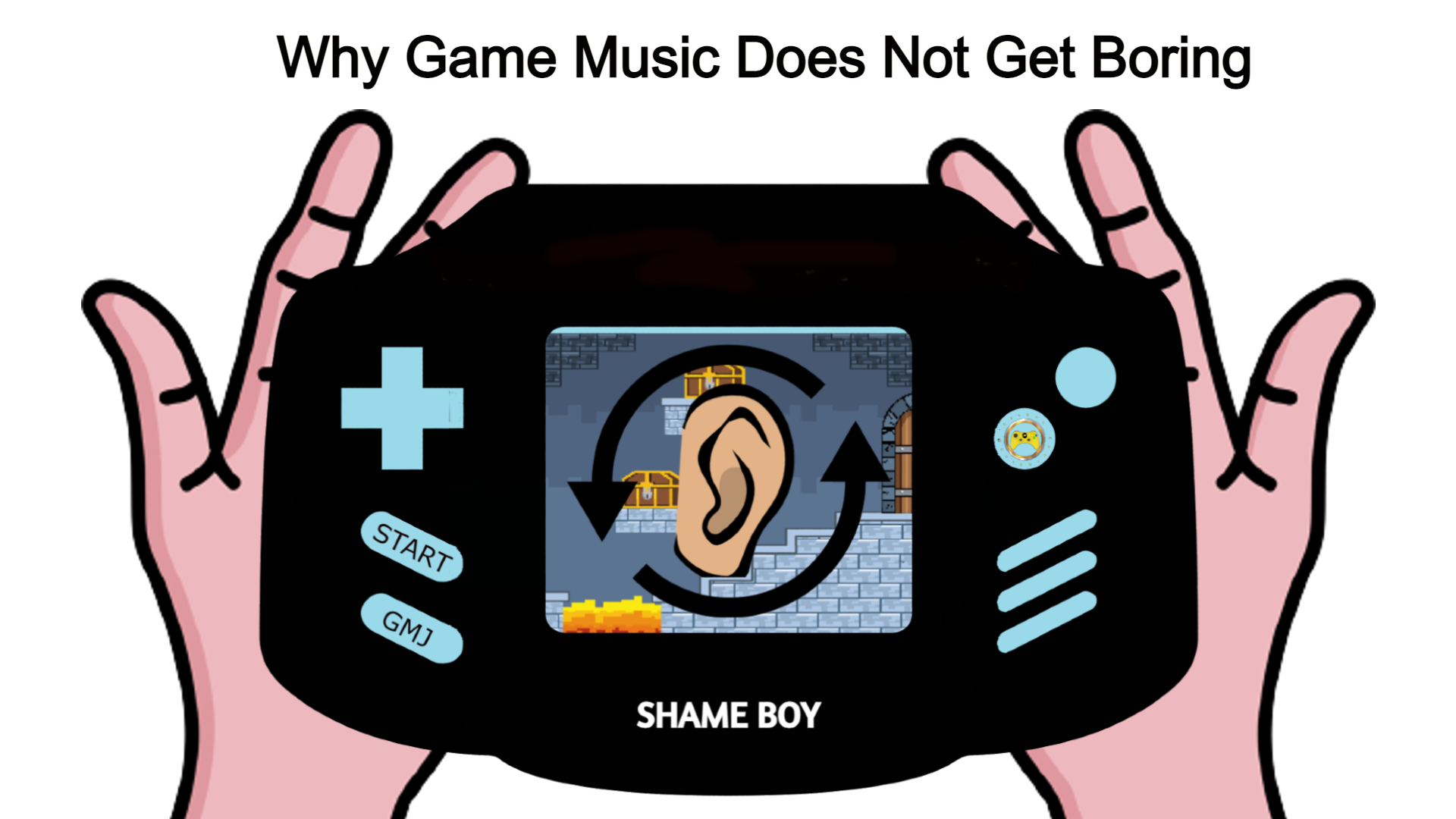
Why Game Music Does Not Get Boring
Music is a vital aspect of the video game experience. From simple 8-bit tunes to cinematic scores, music helps enhance the gameplay experience by elevating immersions and establishing an emotional connection between the player and the sequences on-screen.
Game music can be broadly categorized as static (loop-based) and dynamic (adaptive/interactive). Loop-based music is used to some extent in most games. Loops are repetitive by nature, so composers have found solutions to keep them interesting throughout the duration of gameplay.
Composers utilize multitudes of composition and arrangement techniques to circumvent this issue, including vertical composition (musical layers) and horizontal re-sequencing.
Vertical Composition
When music is composed vertically, it lends itself well to the incorporation of multiple instrumental layers. Consider a base loop of drums, bass, and guitars to which additional musical elements such as percussion, piano, bells, or synthesizers are added as layers.
As the instruments weave in and out of the arrangement, the level of musical “intensity” can be manipulated according to the events on the screen.
In a game, this varying level of musical intensity may be :
1)Layer 1: Bass, Drums, and Guitar: Exploring enemy territory.
2)Layer 2: Bass, Drums, Guitars, and pulsing synthesizer rhythms: Fighting a few enemies
3)Layer 3: Bass, Drums, Guitars, Synths, Orchestral Taikos, etc.: Main boss battle
Furthermore, specialized audio middleware like FMOD allows randomized playback of multiple variations of an instrument within the main loop. For example, a loop may have four drum patterns (one of which is played at any given time) that the randomization function chooses to vary during each playback of the loop. This greatly improves the scope of variations within a loop creating consistent interest.
A great example of vertical composition can be found in Rockstar’s Red Dead Redemption.
Horizontal Re-Sequencing
Horizontal composition involves creating multiple short musical cues that blend seamlessly into each other. This type of composition is best utilized, for example, when a character exploring an open world (music A) is suddenly confronted by a dangerous enemy (music B). In this case, music A transitions to music B seamlessly because of the compositional techniques involved in making them feel like a logical extension of the existing exploration theme. This could be achieved by keeping the same tempo while varying the rhythmic subdivisions of an instrument or choosing interesting harmony that temporarily departs from (music A) but returns to it (akin to a song’s chorus transitioning to its verse) once the danger has passed.
Other Compositional Elements
Video game music also employs musical transitions, stingers, and tags. Particularly in the case of horizontal re-sequencing, transitions play an important role in ensuring that one cue flows seamlessly into the next (eg. Pads, Percussive motifs/fills). Stingers are short musical events that convey an in-game event through music – such as death or collecting a special item. A tag is a repeating musical phrase that plays when each level within a game is complete.
Conclusion
Video games benefit from being structured around loops. However, as a composer, careful consideration is required to ensure that the music doesn’t sound predictable and unchanging. When creating music for a video game, composers can employ vertical and horizontal composition depending on the type of situation they are scoring. Mraz (2020) mentions that “Just Cause 4 uses a blend of both vertical remixing and horizontal re-sequencing. Different instrumentation layers fade in and out as the enemy count increases and decreases.”
Music remains at the forefront of the ever-evolving gaming landscape, especially with emerging technologies like V.R gaming. Adaptive music composition is challenging yet creatively satisfying and crucial to the success of modern games.

